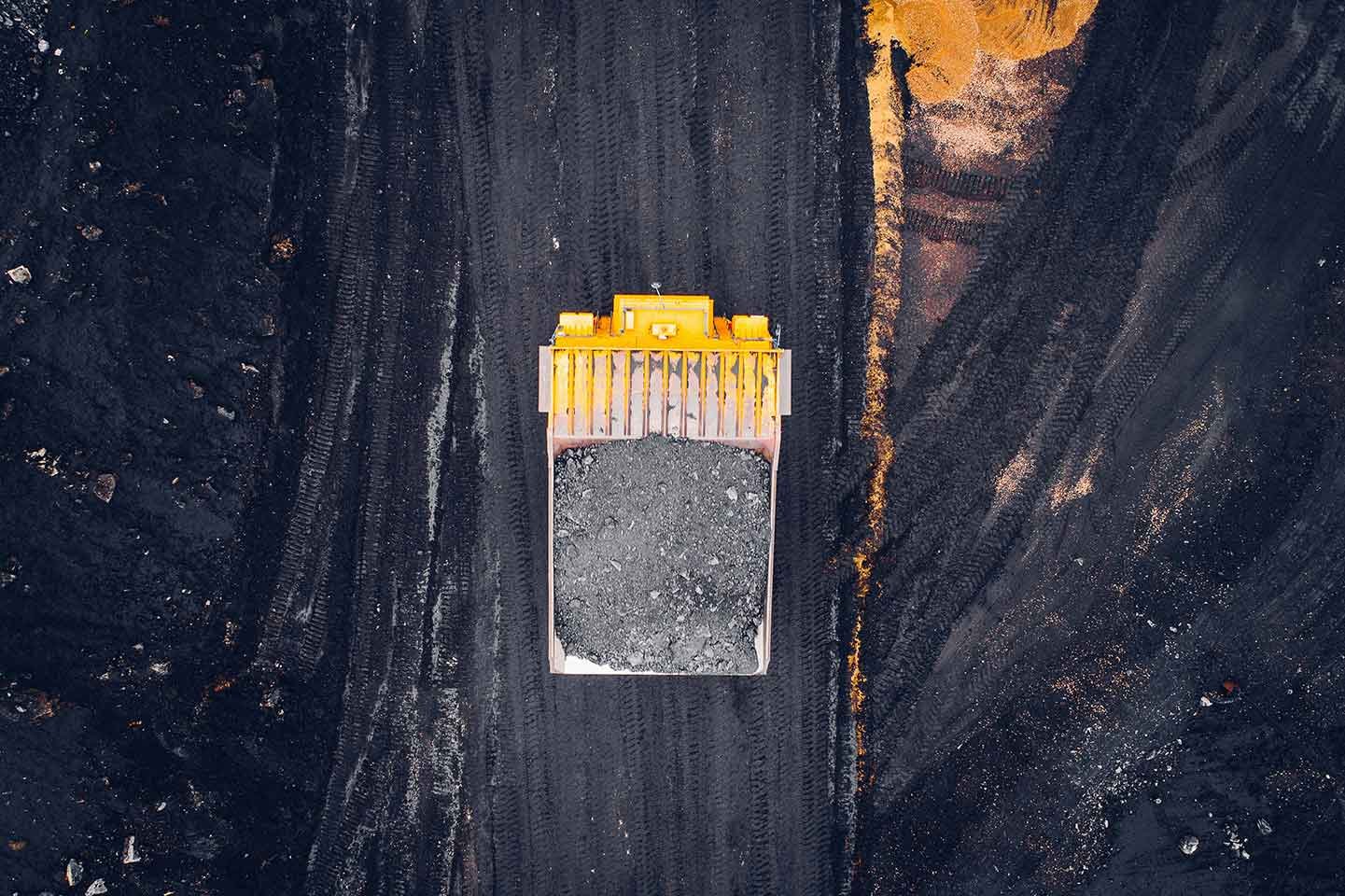Could electromigration replace digging in the mining industry?
Mining

Mining
Scientists from the University of Western Australia, Australia’s CSIRO, the University of Exeter and the Technical University of Denmark have developed a new mining technique which extracts metals from hard rock ore using electric fields instead of traditional digging methods: a discovery that could dramatically improve operational efficiency, reduce waste and mitigate environmental impacts of mining.
This experimental technique works by installing opposing electrodes into an ore body and running electric currents between them, which enables the transport of electrically charged metals – a process called electromigration. While this method has been used in the past to recover metal from yielding hosts such as wastewater sludge, fly ash and soils, until recently it has not been used to extract metals from intact hard rock.
So, how to you get target metals to move through hard rock? To achieve this, two separate processes must be combined: in situ leaching, using lixiviant to dissolve the target metals from their ore, and electrokinetics, using an electric field to transport the dissolved target metals within the subsurface.

Researchers have successfully demonstrated the technique in both laboratory experiments and computer-modelled scenarios. After managing to extract copper from extremely tight rock samples, they are confident the technique will work in the field, not just for copper but for a wide range of other metals. According to the CSIRO, this new technology is a major breakthrough that has the potential to replace the traditional means of digging in the mining industry.
There are massive benefits to be gained by extracting metals from within the ore body rather than digging the complete ore from the ground. Traditional excavation methods result in enormous amounts of solid waste being brought to the earth’s surface, which then need to be disposed of. The CSIRO estimates that using electric fields to mine instead of digging could reduce mine waste by approximately 100 gigatonnes annually – that’s the equivalent weight of 70 Ulurus!
Transitioning from digging to electromigration would effectively eliminate the world’s largest share of man-made waste. This new extraction method could be a serious game-changer for mining companies, enabling them to avoid up to 99 per cent of their current operational activity, as digging up and disposing of unwanted rock and soil material would no longer be necessary.
Not only will this likely lead to a substantial reduction in the amount of power required to mine these materials, but unlike traditional excavation methods, the electromigration process could quite easily be powered by renewable sources such as solar and wind – thus even further reducing the environmental impact of the mining process.
Brunel's mining industry experts can support you to successfully identify, attract and deliver skilled blue and white-collar personnel and solutions matched to your business’ unique requirements. Whatever complexities you face, Brunel is here to simplify them.